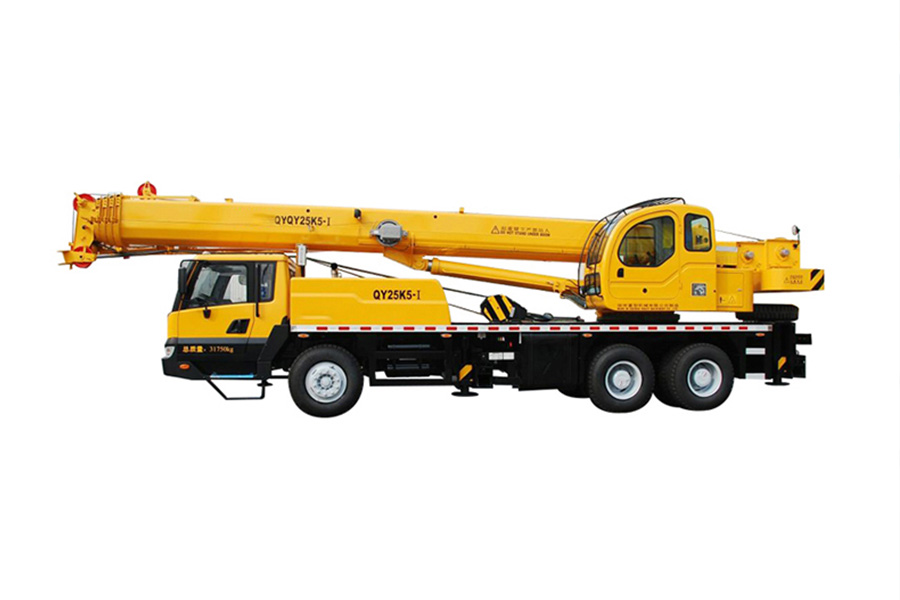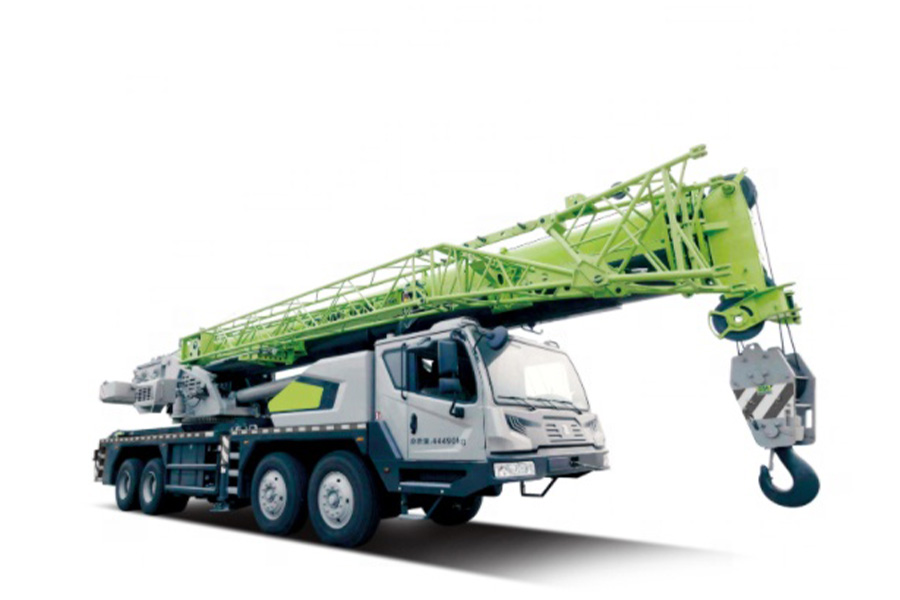Cranes can easily improve the efficiency in a construction site because these sites always have a lot of cargo being moved around. Having a crane in good working condition creates the necessity for businesses to know how to conduct maintenance, ideally without involving the services of a third-party professional. This article focuses on the essential areas to consider when performing truck maintenance.
Table of Contents
Why is truck crane maintenance important?
Structure of a truck crane
How to maintain a truck crane
Final thoughts
Why is truck crane maintenance important?
Cranes are essential machines on a construction site. However, they can potentially become hazardous when they’re mishandled. It’s necessary to schedule regular maintenance of cranes so that any potential hazard can be spotted and rectified. In addition to this, maintaining a crane is cheaper than performing repairs after some parts have broken down or have been destroyed. Regular maintenance will also guarantee that the crane will work longer and more efficiently. Crane maintenance should ideally be held quarterly.

Structure of a truck crane
Boom: It comprises a polygonal arm section. The telescopic mechanism controls the second to the sixth arms.
Luffing mechanism: It’s used to adjust the working angle of the boom when pushed up by the variable amplitude cylinder.
Crane outriggers: Crane outriggers comprise a fixed and movable leg at the front and rear to support the crane.
Drivers cab: It provides the operator with a place to sit and operate the crane.
Hoisting mechanism: It comprises a hoisting motor, a reduction gearbox, and a reel. It’s mounted on the column, and the ram drive motor drives the reduction gearbox to make the reel rotate hence lifting and lowering heavy objects.
How to maintain a truck crane
Ensure proper alignment
Cranes are susceptible to being misaligned after use for a long time. The crane tends to lean on one side, leading to excessive tension being borne by the machine. Besides this, misalignment creates the risk of the crane falling while in operation, usually on the side it was leaning on. Misalignment causes force unaccounted for in the design of the crane to affect its operation.
Besides producing loud scrapping sounds while operating, a misaligned crane will also cause premature wearing of the motor drives. Cranes should therefore be taken for repair immediately after misalignment has been detected. It’s recommended that maintenance be done quarterly and by a crane inspector with over 10,000 hours of experience.
Inspect chains and connections
The chains used on a crane are designed to withstand wear and tear for years. However, that doesn’t mean that they should not be checked. Crane operators should have the chains changed when they indicate excessive wear and tear, have significant amounts of rust or appear damaged. Besides ensuring that all connections, joints, and chains are cleaned and lubricated once or twice a year and inspected before the crane is operated to minimize wear by friction, the crane operator should conduct a detailed inspection every month documenting the condition of the chain and whether it’s damaged in any way.
Ensure the hook is intact
The crane uses hooks to attach the load to a chain before hoisting weighty loads and equipment. The hook, therefore, needs to be in good working condition at all times. The hook should be inspected for several things. If the hook tip has bent by more than 100, it should be replaced. If it has come into contact with chemicals and has acquired some deformations or cracks, replacement is also recommended. The hook throat opening should not be more than 15%, and its load-bearing point should not be worn by more than 10%. The hook latch should also be inspected to determine whether it’s missing or inoperable and needs replacement.
Check air and hydraulic systems daily
To move loads, cranes employ an air and hydraulic system. Some of the hydraulic systems of cranes have the following components:
Reservoir: It holds the oil to be used.
Pump: It provides the pressure to be used to move loads.
Valves: It controls the pressure and the flow rate.
Actuators: They convert the pressurized fluid into mechanical energy.
These components should be frequently inspected for damage and rust before being used. Pipes should be checked for leaks daily.
Replace wheels
Crane wheels support the load of the equipment being used. They require frequent inspection before the crane is used. When the tires are used for a long time, they’ll have to be replaced due to ordinary wear. When inspecting wheels, particular attention needs to be paid to uneven wear as it may indicate another problem.
Add lubrication
Lubrication of moving parts of the crane allows them to move smoothly and reduces friction. Different parts should be lubricated with specific oils appropriate for the weather. The gearbox should be lubricated with pool oil. N100 load gear oil or 30 gear oil should be used during summer, while N78 gear oil or 20 gear oil should be used in winter.
The hydraulic brake actuator should be lubricated with 25 transformer oil during summer and No. 10 aviation oil or instrument oil during winter. The open gear, gear coupling, and some parts of the bearing should be lubricated with lithium-based grease No. 2 in summer and No. 1 in winter. Bolts and joints should be lubricated with lithium-based grease or 45 oil. The wire rope lubricant should be made of synthetic graphite calcium-based grease.
Schedule regular oil changes
Oil changes are helpful because they ensure that the crane’s engine runs smoothly. Therefore, the crane operator should inspect the oil level of the crane weekly and top it up as the manual instructs once the level reduces.

Final thoughts
The adoption of truck cranes in the construction industry increases year by year. In 2020, the industry was worth $1.5 billion. This value is projected to grow to $2.5 billion by 2027. 35% of truck cranes were implemented in the significant duty segment, while the stiff boom and medium boom segments accounted for 7% and 9%, respectively. These numbers show how central truck cranes are on construction sites. Their ability to transport bulky goods from one point to another makes them essential, and their versatility is another plus because they can be used in building constructions, dam constructions, and other mega projects. Countries such as China, the United States of America, and Germany have large infrastructure projects that will act as a catalyst for the growing need for truck cranes. Businesses can visit Chovm.com for a list of truck cranes available.





 বাংলা
বাংলা Nederlands
Nederlands English
English Français
Français Deutsch
Deutsch हिन्दी
हिन्दी Bahasa Indonesia
Bahasa Indonesia Italiano
Italiano 日本語
日本語 한국어
한국어 Bahasa Melayu
Bahasa Melayu മലയാളം
മലയാളം پښتو
پښتو فارسی
فارسی Polski
Polski Português
Português Русский
Русский Español
Español Kiswahili
Kiswahili ไทย
ไทย Türkçe
Türkçe اردو
اردو Tiếng Việt
Tiếng Việt isiXhosa
isiXhosa Zulu
Zulu